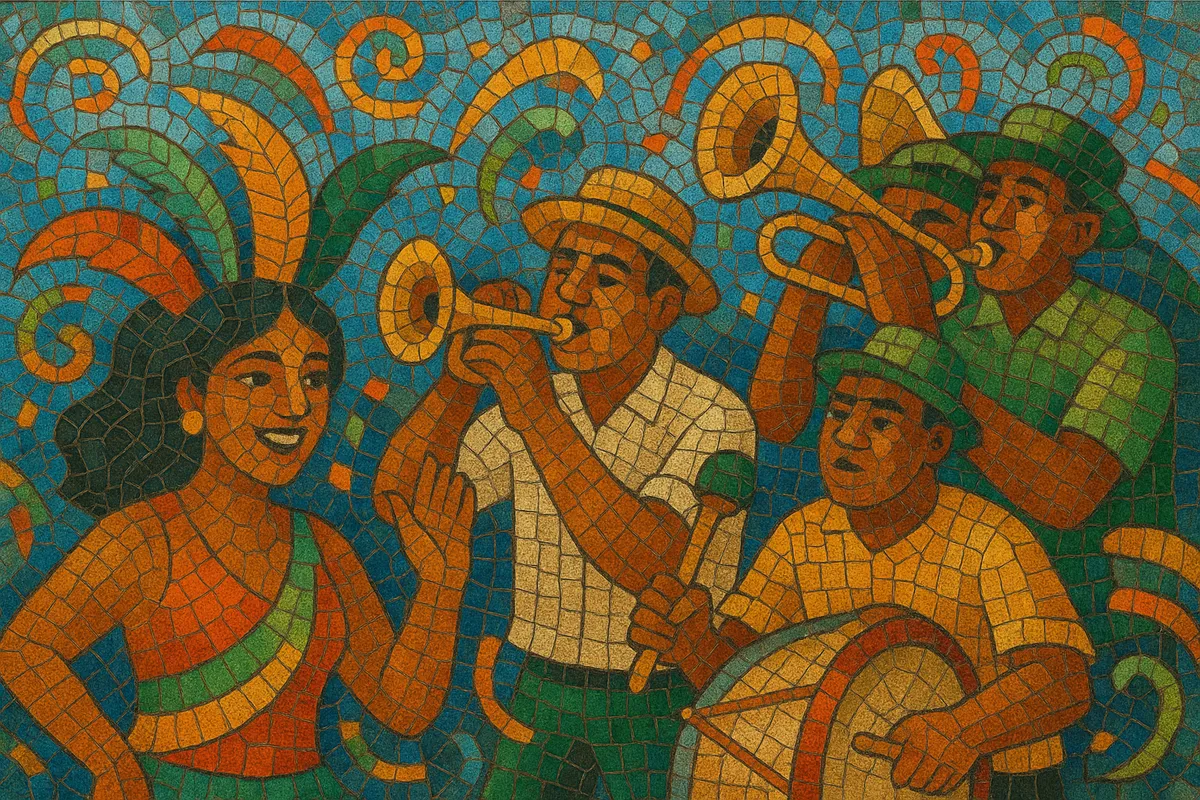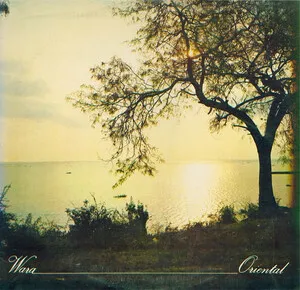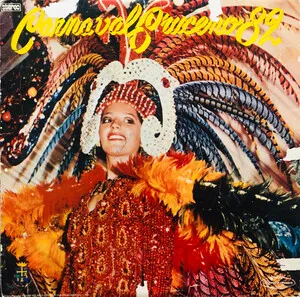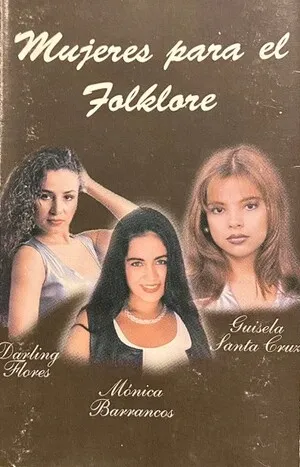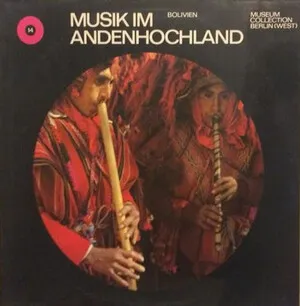Carnaval cruceño is the festive popular music associated with the Carnival of Santa Cruz de la Sierra in eastern Bolivia. It blends local "camba" folkloric rhythms (especially taquirari-like, polka-derived feels) with brass-band parade energy, catchy choruses, and simple, upbeat harmonies designed for mass singing and dancing.
Typically performed by marching/brass bands and folkloric ensembles accompanying comparsas (carnival troupes), its repertoire celebrates regional identity, humor, romance, and the exuberance of Carnival. Signature songs—often in major keys with bright trumpets, snare-and-bass drum cadences, and call-and-response refrains—are staples of street parades, public plazas, and dance parties throughout the Santa Cruz carnival season.
The modern sound of carnaval cruceño coalesced in the mid-20th century as Santa Cruz de la Sierra’s Carnival expanded from local festivities into a large civic celebration. Musically, it drew on eastern Bolivian folkloric song forms and European-influenced dance rhythms (notably polka-derived meters), adapted for open-air parades by brass and percussion bands. The rise of radio and local recording in the 1950s helped codify a shared repertoire of carnival songs.
During this period, composers and performers from Santa Cruz and neighboring regions popularized tunes with strong regional pride and singable choruses. Brass-forward arrangements and snare-driven cadences became the parade norm, while guitars and accordions supported salon and patio performances. The result was a recognizable, upbeat style that audiences associated directly with Carnival season and comparsa culture.
As Carnival grew in scale, larger dance orchestras and municipal bands arranged classic songs with fuller voicings, adding more robust low brass, sectional fanfares, and breaks designed for street choreography. Popular music currents—cumbia, tropical dance, and Latin pop—found their way into setlists, but the core rhythmic profile and call-and-response refrains remained intact, preserving the genre’s identity.
Today, carnaval cruceño thrives in parades, plazas, and staged galas. Traditional brass-band instrumentation coexists with amplified ensembles and modern sound systems. While playlists often include contemporary Latin hits, the hallmark carnival songs—major-key melodies, buoyant two-step or 6/8 feels, and shout-along choruses—continue to anchor the celebration and express Cruceño identity.

